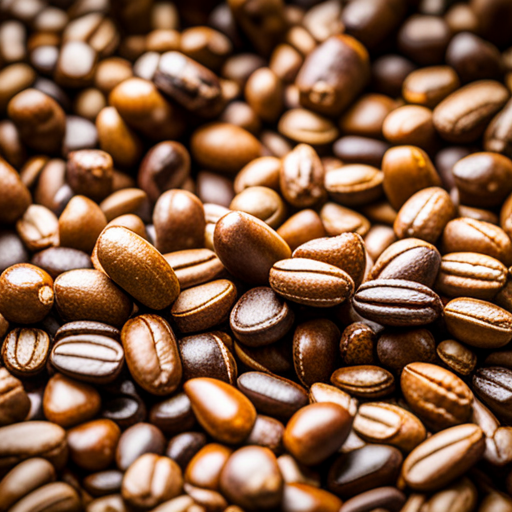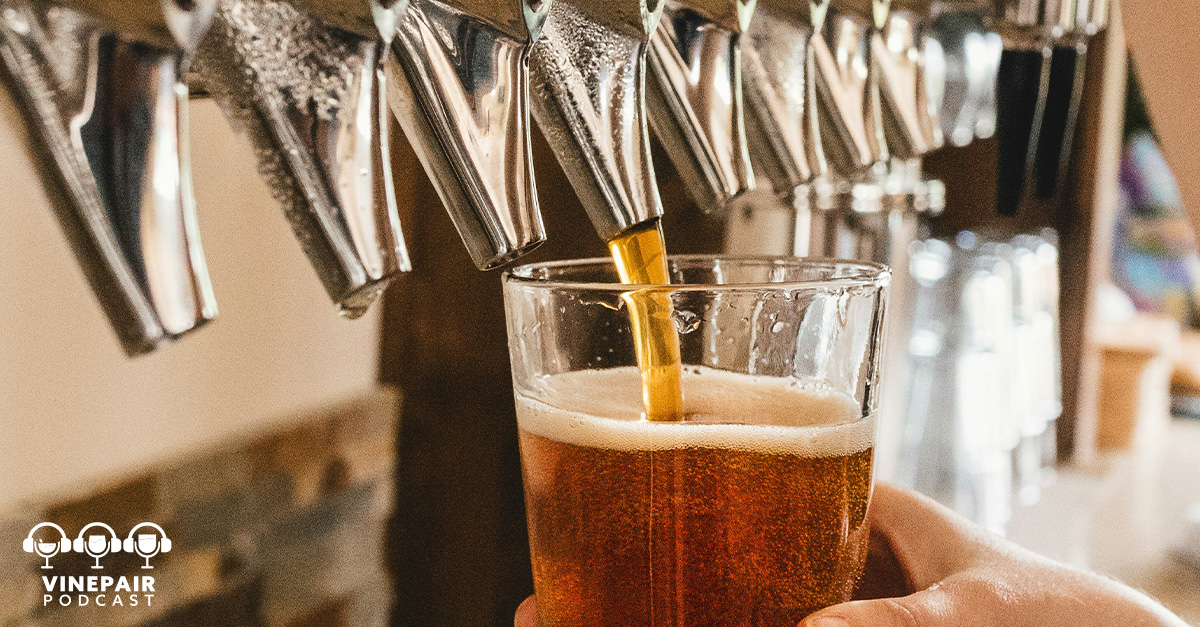The Importance of Roasted Grains in Imperial Stouts
Introduction
Imperial stouts are known for their bold flavors and high alcohol content. They are brewed with a large amount of malt, which gives them a thick, rich, and complex taste. However, the intense body of an imperial stout can sometimes be overpowering. This is where roasted grains come into play.
The Role of Roasted Grains
Roasted grains are an essential ingredient in balancing big imperial stouts. They add a layer of complexity while also cutting through the sweetness and taming the alcohol. Roasted barley, roasted wheat, and chocolate malt are all commonly used in imperial stouts to achieve a balanced flavor profile.
Choosing the Right Roasted Grains
When selecting roasted grains for your imperial stout, it’s important to consider the level of roast and the amount you add. The level of roast will determine the flavor profile. Lightly roasted grains will have a more nutty and bread-like taste, while darkly roasted grains will have a more coffee-like or chocolatey taste.
How Much to Add
The amount of roasted grains you add to your imperial stout will depend on the recipe and your personal taste preferences. As a general rule, adding around 10% to 15% of your total grain bill with roasted grains should be enough to achieve the desired balance of flavors. However, if you want a more intense flavor, you can increase the amount of roasted grains to up to 20%.
Tips for Using Roasted Grains
When using roasted grains in your imperial stout, it’s important to keep a few tips in mind. First, be sure to crush the grains before adding them to your mash. This will help to extract their flavor more efficiently. Second, roast your grains yourself if possible. This will allow you to control the level of roast and ensure that the grains are fresh. Finally, taste your beer as you brew it. This will allow you to adjust the amount of roasted grains if needed to achieve the desired flavor.
Conclusion
Roasted grains are an essential ingredient in balancing big imperial stouts. They add complexity, cut through sweetness, and tame alcohol. When selecting roasted grains, consider the level of roast and the amount you add, and don’t be afraid to taste your beer as you brew it to achieve the perfect flavor profile.






